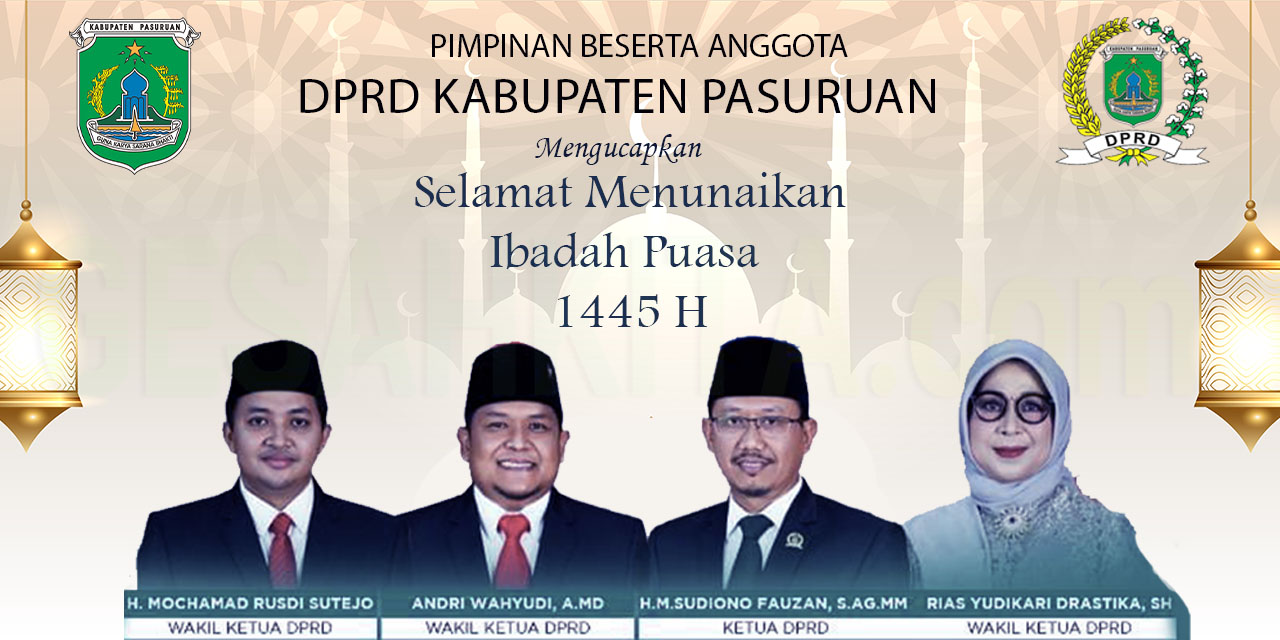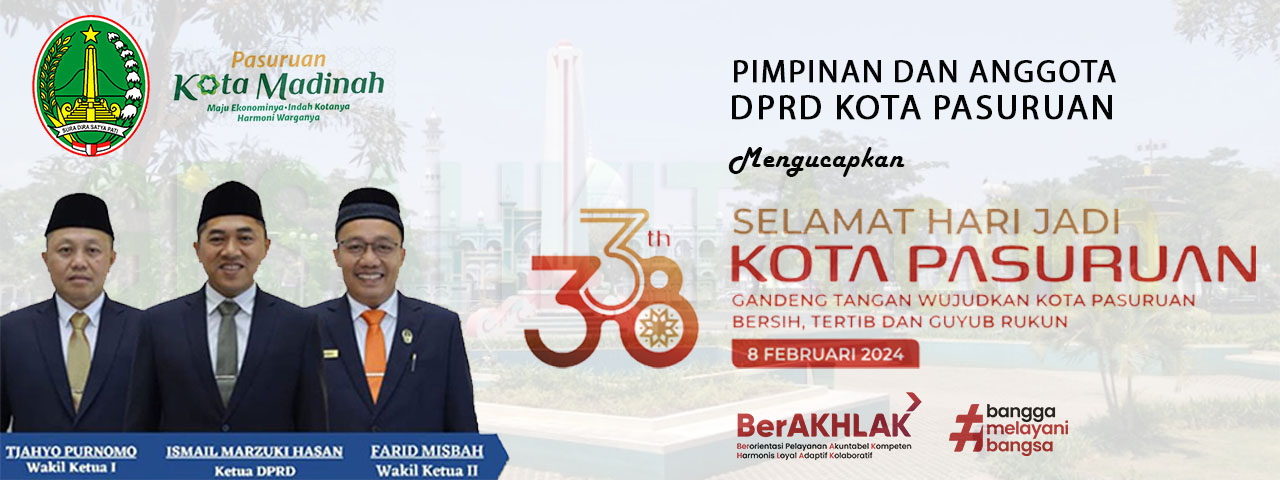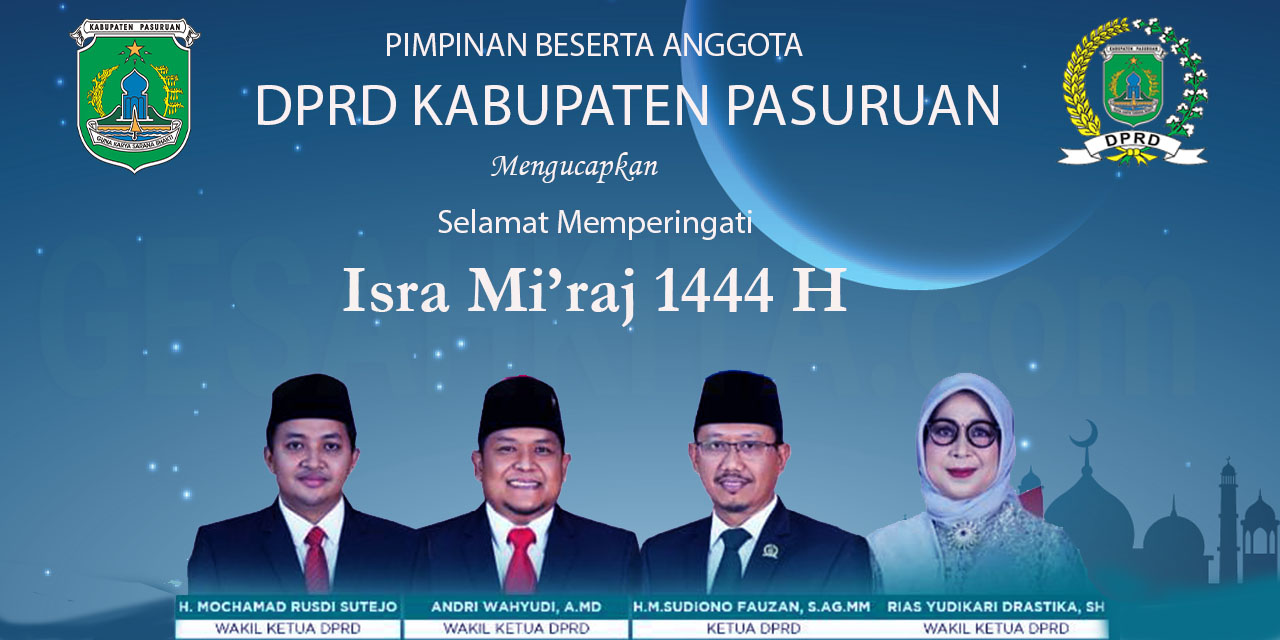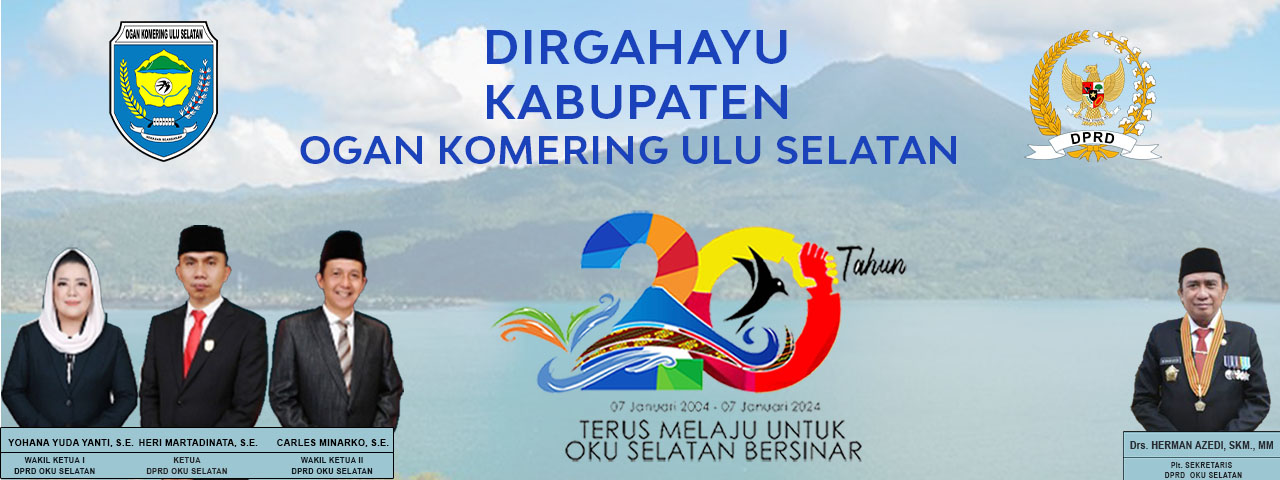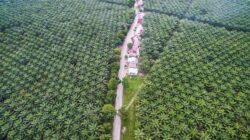PERTH, GESAHKITA COM– After a year of bushfires, floods, and drought, the Australian agricultural industry is on the road to recovery. One of the countries that will play a major role in helping heal this industry is Australia’s biggest neighbor, Indonesia.
Several factors may add the pace to future growth of bilateral trade, such as Australian and Indonesian government initiatives, recent economic agreements, and a long-term cultural and trade relationship. In 2020, the two-way trade between Australia and Indonesia in various industries related to agriculture was estimated to be A$3.1 billion (US$2.4 billion)
“Australia and Indonesia enjoy a longstanding and mutually beneficial bilateral agricultural relationship. Indeed, this relationship has been in place for well over 300 years since the establishment of trade between the people of Makassar and the indigenous people of Australia’s Northern Territory,” Australia’s Department of Agriculture, Water and the Environment said in a written statement when contacted by Jakarta globe.
“Indonesia is a close partner and a priority market for Australia, being Australia’s sixth largest market by value for agriculture, fisheries and forestry exports.”
Agricultural relationship
The agricultural trade relationship between Indonesia and Australia has had a significant economic and social impact on both countries.
John Hassell, a farmer and former board member of Cooperative Bulk handling (CBH) — a major Australian grain exporter that owns flourmills and ports in Indonesia — described the company having had a very good relationship with Indonesia.
“I think that CBH worked with the Indonesian government to try and get iodine into the bread for nutrition, because there was – a lack in nutrients. It was more than just flogging grain. It was actually working with the Indonesian community for mutual benefit,” John told the Jakarta Globe in a recent interview.
“They [CBH] didn’t just employ people, they actually tried to improve their lives.”
The Australian agricultural industry has a diverse range of produce, including both crops and livestock. This diversity is determined by the highly variable climate and the water availability, soil type, and proximity to markets.
And there is plenty of room for the agricultural relationship to grow to its fullest potential.
“Australia and Indonesia, despite being important economies for the region, and despite being neighbors, their trade and investment relations are very surprisingly low. They are not top ten trading partners, and I think this is surprising given the fact that they have complimentary economies.” said Kyle Springer, a senior analyst at the Perth US-Asia Center.

“And a big effort to change that is the Indonesia-Australia Comprehensive Economic Partnership Agreement, referred to as IA-CEPA, and that went into force July last year.”
Strong platform already in place
The Australian Trade and Investment Commission, or Austrade, depicted a strong, cooperative relationship between the two countries, in which they continue to work together to create products for both export and domestic use.
“Australia has provided long-term support to develop Indonesia’s agricultural sector, through boosting smallholder farmers’ productivity and incomes and by increasing skills through research collaboration, scholarships and training programs,” the commission said.
Many programs, initiatives, and policies have been implemented to help Australia work with Indonesia to improve their agricultural industry. Examples of these are the Indonesia–Australia Partnership on Food Security in the Red Meat and Cattle Sector (RMCP), The Australia-Indonesia Partnership for Promoting Rural Incomes through Support for Markets in Agriculture (PRISMA), and the Australia Centre for International Agricultural Research (ACIAR).
Many of these programs are focused on improving the lives of ordinary Indonesians.
PRISMA, for examples, focuses on helping enrich life for rural Indonesian farmers. It aims to achieve a sustainable 30 percent increase in the net incomes of a total of 1 million smallholder farming households in Indonesia by 2023, the commission said.
Furthermore, ACIAR helps women and girls achieve their goals, and assists with scholarships that allow Indonesian researchers to study in Australia.
IA-CEPA
Government policy and economic agreements are a key step in helping this important international relationship rebuild the Australian agricultural industry.
The most prominent of recent policies and agreements is the IA-CEPA, which was created by The Department of Foreign Affairs and Trade (DFAT) in 2020.
“IA-CEPA creates the framework for a new era of closer economic engagement between Australia and Indonesia and opens new markets and opportunities for businesses, primary producers, service providers and investors,” a spokesperson from Austrade said.
“Through IA-CEPA, Austrade will be working with Australian and Indonesian businesses to support people to people connections, facilitate business opportunities and help expand our trading relationship.”
The IACEPA, however, still needs to be properly implemented to reach its full potential. Companies need to be made aware of the agreement, and that they can utilize it for their own benefit, while the Indonesian and Australian governments must actually put in place the provisions of the agreement.
Another important initiative that is relatively new is the IA-CEPA Economic Cooperation Program, within which agriculture plays a major role. This is due to Indonesia’s focus on grains, job training, animal health, and food innovation.
A key example of what these agreements and initiatives can achieve is the 2020 IA-CEPA Business Connect. This virtual event helped over six thousand participants connect with prominent Australian and Indonesian business, government, and industry leaders and organizations over three months.
Complementary
Austrade predicted a boost in grain production this year, despite a rather pessimistic outlook on meat output.
“The outlook for this year’s grain production is quite positive due to good rainfall in most key production regions and strong international demand,” the commission said in s statement.
“Meat and Livestock Australia (MLA) forecast a decline in beef and sheep meat production next year due to the Australian industry’s focus on rebuilding herd numbers domestically following the breaking of the Australian drought. Cattle prices are strong and Australian farmers are reinvesting in the future.”
An Austrade official said Indonesia and Australia’s agricultural trade relationship is complementary in nature.
Australia mostly exports raw materials and semi-processed goods to Indonesia, while products that are more processed — like food, drinks, and clothing — are exported from Indonesia to Australia.

“Indonesia and Australia’s agricultural relationship cuts across all key pillars of our bilateral relationship — trade, investment, development cooperation, education and training, and research and innovation,” said the official, who asked to remain anonymous.
This relationship, which is “prosperous, balanced and growing”, will hopefully result in “stability, security, trade, and cooperation” in Southeast Asia.
Furthermore, Australian agricultural products like wine, meat, and dairy are utilized by the Indonesian tourism industry in many hotels and dining establishments.
Industry struggles
The Australian agricultural industry has been experiencing considerable hardship over the last two years.
“Although the value of grains exports from Australia to Indonesia increased from 2019 to 2020 year-on-year, over the last six years the general trend has seen a decline in the value of this export category,” wrote a spokesperson from the Australian Department of Agriculture, Water, and the Environment.
“While the value of live cattle exports from Australia to Indonesia has increased since 2015, there was a dip in 2020 — partly explained by COVID-related trade and economic difficulties– which saw the value of exports drop below the value for 2015.”
Peter Watkins is a business owner who has been involved in live export outside of northern Australia for around 30 years.
An advisor to the live export and normal northern pastoral industry, he stated that there is a significantly lower number of cattle available in Australia.
“I mean, people need to understand that Australia is coming off the back of some quite significant disasters, natural disasters, in terms of fire, in particular, and flood, but more importantly drought. And so, our cattle numbers, our cattle population, has diminished quite significantly in the last four or five years,” Watkins said.
The industry is in the necessary herd rebuilding phase that is crucial in order to have a sustainable herd in the future.
Kyle Springer of the Perth US-Asia Center discussed how Covid has impacted trade relations with many countries by putting pressure on international trading systems, slowing down IACEPA implementation and utilization, and impacting face-to-face relationship building.
“If you look at another side of Covid-19, it’s made a lot of countries like Indonesia realize they need reliable partners to contribute to their food security, to help keep food prices low, and in the aftermath of Covid-19 I think Indonesia realizes that Australia’s proximity counts for something right,” Springer said.
“And Australia is a reliable trade partner, having for many years helped provide Indonesia with high quality grain and beef products. So, I think when the dust of Covid-19 settles, Indonesia is going to try to expand, Indonesia and Australia are going to try to expand that already established trade relationship.”
However, John Hassell described the Australian grains industry in a more positive light.
“At the moment the pricing is very good, even though the Chinese have put tariffs on barley, the grains pricings actually held up very well,” Hassell said.
“Canola’s holding up really well, wheat pricing’s still pretty reasonable. Growers can make a living out of it, which is a return on capital, which is what it’s all about. That’s what we’re essentially here for, not a life or a lifestyle, we’re actually here to make a living,” he added.
“Grain pricing’s pretty reasonable, even though it was a very arduous season in Western Australia last year it actually turned out pretty well because of a soft finish. But also, our trade’s pretty fundamental to maintain those relationships, for mutual benefit really.”
The future of the industry
There is a promising future for agricultural industries that are rooted in government policy.
According to Austrade, the Australian government is investing AUD $72.7 million to help Australian agribusinesses expand and grow their export markets in 2021.
Austrade plans to help Indonesia build on the Australian “Powerhouse Model”, in which the two countries combine Australian produce and Indonesian manufacturing to make a better product that they can export to other countries.
Furthermore, the Australia-Indonesia Grains Partnership that has been proposed will help unite government and industry leaders, while also helping the Indonesian and Australian agricultural sectors work and grow together.
“Australia’s trade of grain to Indonesia has generated investment into Indonesia’s milling and food processing sectors which has created jobs and contributed to the export goals of both countries,” the commission said.
“Given Indonesia’s domestic milling industry continues to grow, and Indonesian consumer meat consumption is also rising, Australia is well placed to support this increased demand in the coming years.”
“Agriculture is probably the most important component at this point in the Australia-Indonesia trade relationship. The live cattle trade and the wheat trade are the top commodities that Australia exports to Indonesia. It’s very, very, important,” said Kyle.
“Agriculture will continue to be an important and growing component, but I don’t think it’s the only thing. I think that with the completion of the regional comprehensive economic partnership, or RCEP, Indonesia [and] Australia will need to start looking at their trade relationship as part of a bigger regional economic value chain,” he added.
“And that means they need to look at what they can do together to export value added products to third party countries within the Indo-Pacific region. A good example of this, a simple example of this, would be noodles like Indomie,” he said, referring to Indonesia’s largest instant noodle producer.
With Indomie, Australia exports the needed wheat to Indonesia.
“Once there, Indonesia mills the wheat and makes it into the Indomie noodles that we know and love. They are then exported to China, Japan, and other Southeast Asian countries. RCEP, and trade agreements like it, make it easier policy-wise for this kind of trade to increase in the future,” he said.
And this trade will need to increase for a crucial reason.
Professor Graeme Martin, a professor of animal science at the University of Western Australia, said that the world will have to find a way to feed 3.5 billion more people by 2050. He proposed several solutions to improve the future of the agricultural industry – and thus the future of our planet.
Among other potential solutions, he stated that people must have healthier diets, lessen the industries environmental footprint, stop food waste, and stop the competition for food between livestock and people.
“Basically, we will not be able to feed the people unless we use livestock, but that does not mean getting bigger…on the contrary,” Professor Martin said in a written statement.
He added: “We do not have to produce more. But we will have to value food more highly. We have just ended a 50-year period of the cheapest food in human history.”
John Hassell, however, had a more positive outlook on the future of the agricultural industry.
“I hope it remains strong. I think there’s a good burgeoning market for Australian produce in Indonesia and we’re nice and close,” Hassell said when describing the future of the wheat and cereal trade relationship.
“I also think that there’s good potential for protein in the form of meat still to go into Indonesia, and I think that the textile industry is something that [would] certainly benefit both Australia and Indonesia if we work together.”
“Long-term relationships are probably going to be fundamental for success for both of our countries, and I think maintaining a good relationship with any of our markets, and particularly Indonesia because they’re so close, is important for Australia to do.”
A positive opinion of Australian agriculture’s future is also shared by members of the meat and livestock industry.
“I think there will be a long relationship between Australia and Indonesia, as well as other Asian countries,” Peter Watkins said.
“Any industry involved in protein production I think has got a strong future.”
A friendship that will last
Indonesia and Australia’s relationship will continue to grow as a result of strong cultural and economic ties. These two giant neighbors will both have an increasingly import place in today’s turbulent and challenging world.
As Kyle Springer said, “there’s a lot of opportunities, and I think as a result of Covid and the instability of world trade, I think more and more they will look at each other as reliable and important partners.”
Now, Australia is hoping that like rain after a bushfire, Indonesia will help its agricultural industry regrow into something stronger, better, and more magnificent than it ever was before. (jakata globe)



